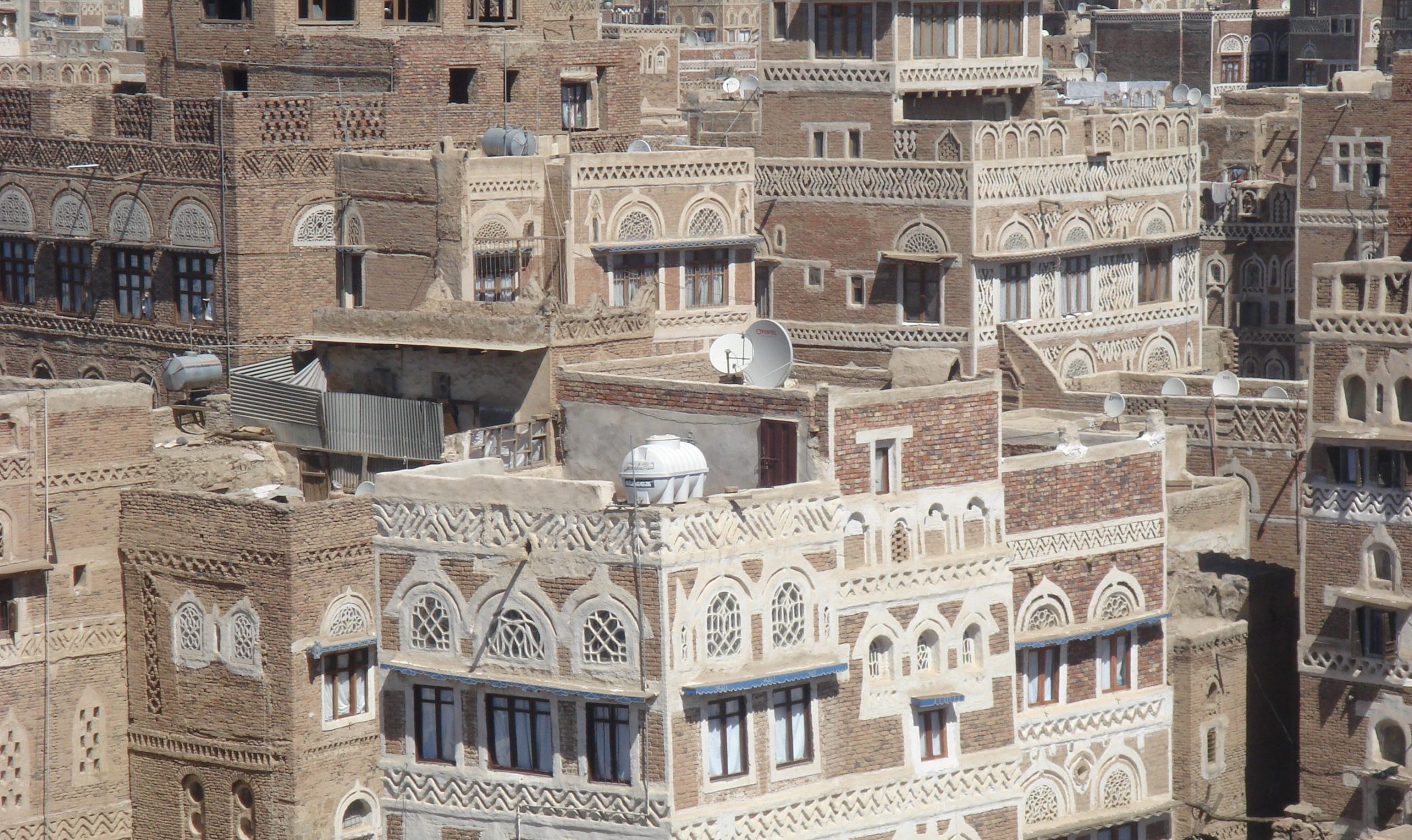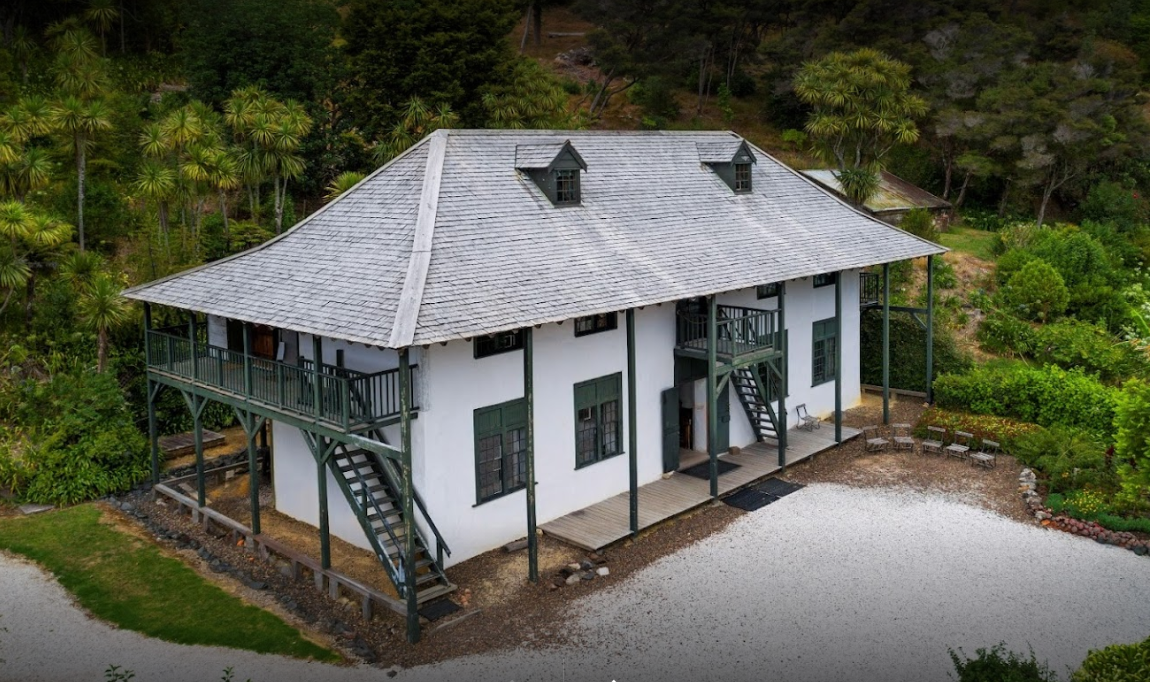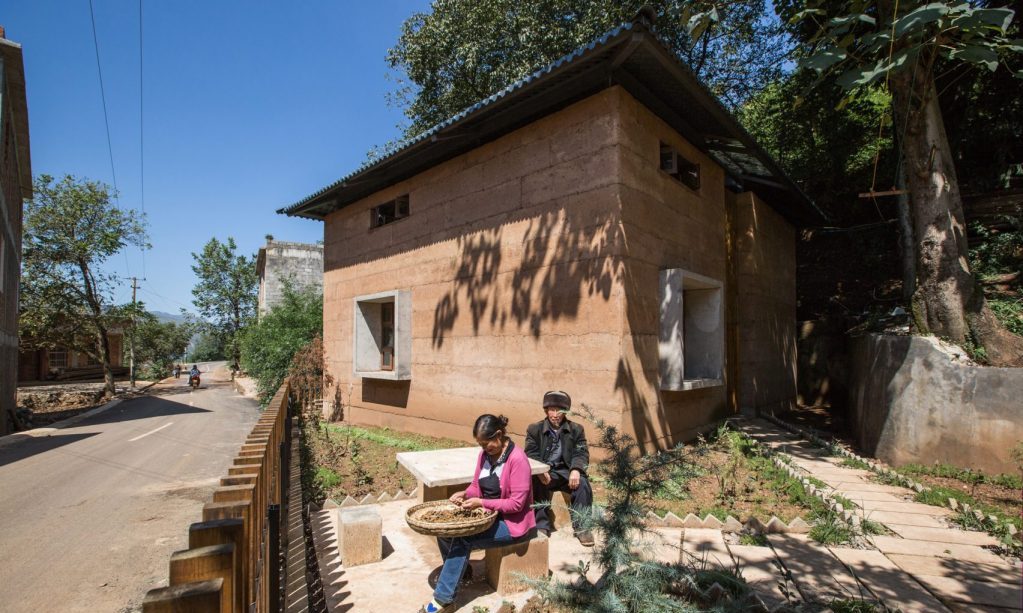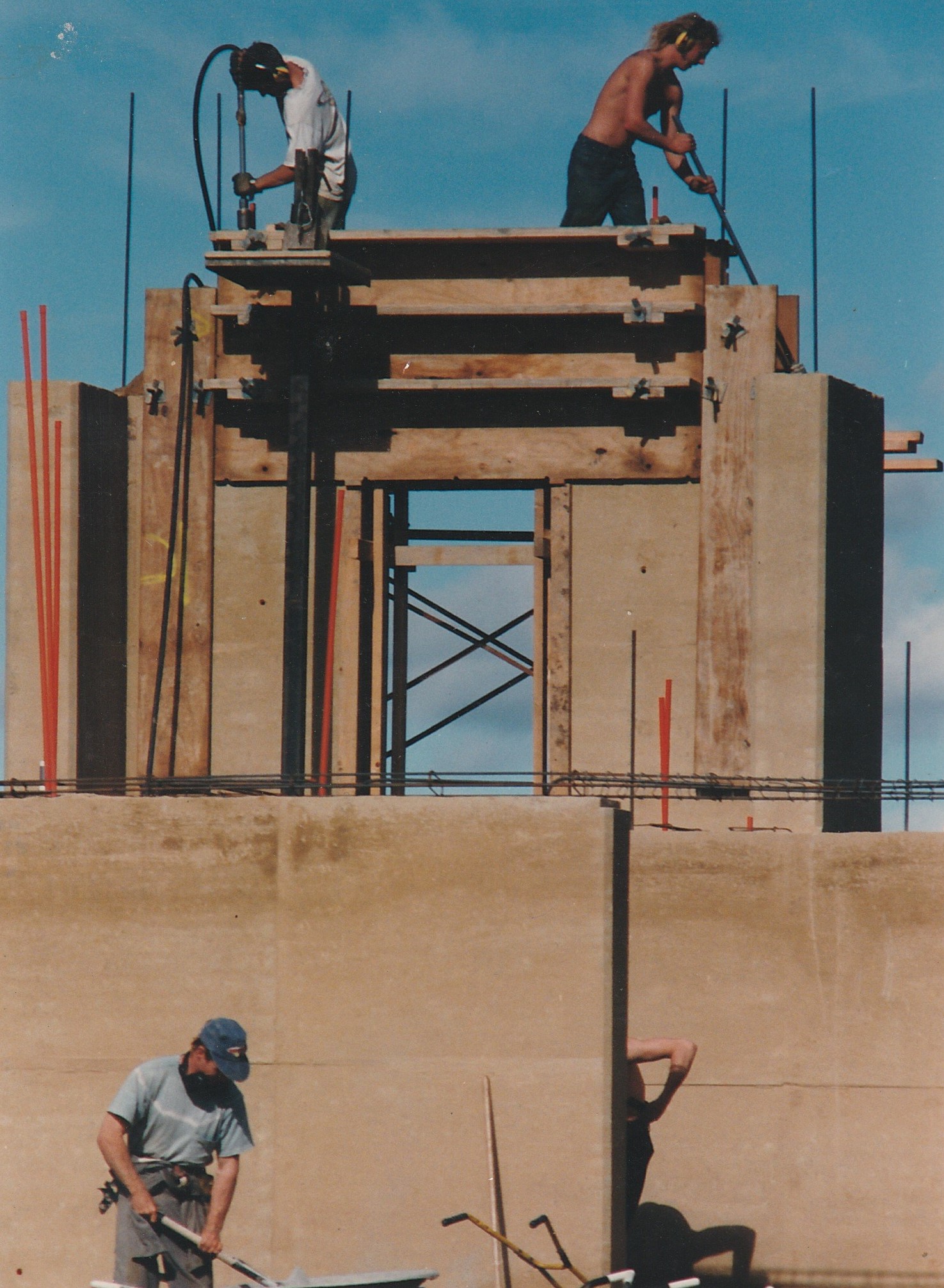OUR HISTORY

Ancient rammed earth in Yemen
Rammed earth building has proved itself to be durable over thousands of years. One example, as shown on our home page, is in the Old City of Sana’a in Yemen, which you can read more about from UNESCO on their World Heritage listings for rammed earth.They describe the city as having an “extraordinary density of rammed earth and burnt brick towers rising several stories above stone-built ground floors, strikingly decorated…Within the city, minarets pierce the skyline and spacious green bustans (gardens) are scattered between the densely packed houses, mosques, bath buildings and caravanserais.” The city has been inhabited for more than 2,500 years.

Heritage rammed earth; one of New Zealand’s oldest homes
Built in 1842, New Zealand’s oldest rammed earth building is Pompallier House. It was built by the Pompallier Mission and originally housed a printery where Church texts were translated from Latin to Te reo Māori, then printed and bound. It is just one of several buildings, including a chapel and various outhouses, which once stood on the site, according to Heritage New Zealand. They claim ‘the Printery stands as New Zealand’s oldest industrial building, as well as the oldest of rammed-earth construction, distinctly French in style and making use of local materials including sand, rock and timber.’

Rammed earth makes recent history with worldwide win
Modern rammed earth homes have been winning awards all over the world for decades. However, a stunning rammed earth home receiving the first prize in the coveted World Building of the Year 2017 awards was particularly significant. This rammed earth home was designed and built in Guangming Village, in the Yunnan Province of China and was part of a village resurgence project led by the Chinese University of Hong Kong. New Zealand mag Idealog honed in on the win, as did many others, including an interview with Terra Firma’s Paul Geraets on why it is so significant for New Zealand.

Terra Firma began to put the ancient wisdom of rammed earth to use in 1989 when CEO Paul Geraets began looking at methods used for thousands of years. These were predominantly Asian and European practices. The basic principle of rammed earth construction had gone much unchanged for centuries until French builder, Francois Cointeraux, discovered Pisé construction being used in the region of Lyon, circa 1800. He was drawn to its unique simplicity and eventually formed a school to teach it. Cointeraux saw rammed earth as “a means by which the common man could vastly improve the quality of his life” and this is precisely the sentiment that Terra Firma upholds today.
Terra Firma’s practice was also greatly informed by the much later Western trend to start building with rammed earth in the 1970’s. David Easton in California and Stephen Dobson in Western Australia started adapting their own practices, which blended modern engineering and the addition of 5 – 10% cement to rammed earth homes.
But this trend took time to take hold. In the 1930’s, South Dakota University began a rammed earth project that is still fully functional today. Yet despite its success, earth building writer Sim Van Der Ryn explains in ‘Alternative Construction’ that the career of the man who initiated it was doomed. Because of the unorthodox nature of the project at the time: ‘…anyone contemplating natural building materials would have been drummed out of the design and buildings profession.’
Fast forward and builders like Paul now work to industry building codes, specially tailored to earth construction over the course of the last 15 years.
New Zealand has developed internationally applauded codes for rammed earth but rammed earth homes still deserve more recognition.
“The building industry here still holds standard wall insulation as the holy grail of thermal performance” says Geraets. It’s one of his goals to change this belief.
